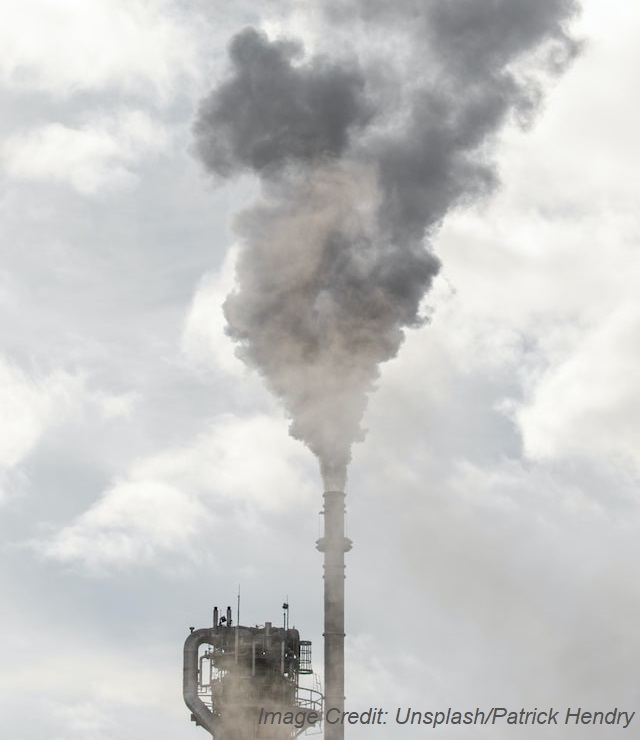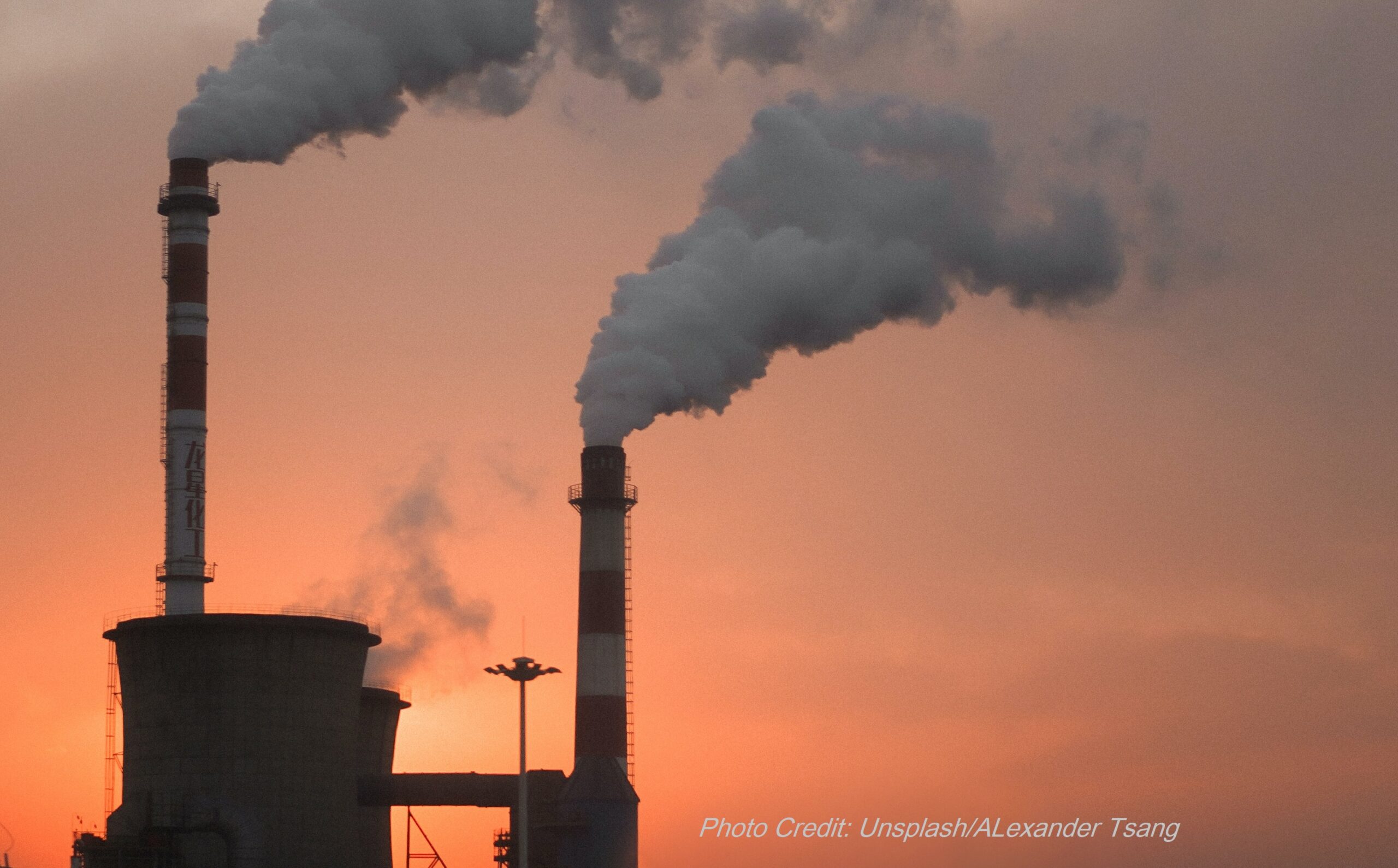This week, the EPA is holding 3 days of hearings about a proposed strengthening of the particulate matter standard. EPA has proposed lowering the soot/fine particle (PM2.5) standard for annual exposure from 12 μg/m3 to 9-10 μg/m3, and has proposed leaving the daily standard at 35 μg/m3. While it is good they are proposing to strengthen the standard some, what they have proposed is not nearly enough to protect health. The annual standard should be lower, at 8 μg/m3, and the daily standard should be lowered to 25 μg/m3.
Mothers & Others For Clean Air’s Dr. Anne spoke at the hearing today. This is what she talked about in her assigned 4 minutes, which is not very much time given the huge amount of health problems caused by PM2.5.
——–
Mothers and Others For Clean Air supports this proposal to strengthen the NAAQS standard for PM2.5, but it is not strong enough to adequately protect health, especially the health of vulnerable groups such as children and people over 65 years old. We urge EPA to make it stronger, with an annual limit of no higher than 8 μg/m3 and a 24-hour limit of no higher than 25 μg/m3.
We know from the Children’s Health Study that PM2.5 has profound effects on children’s health, including damaging (or stunting) their lung growth when they are pre-teens and teens – teens who live in polluted areas have 8-12% smaller lungs than teens who live in clean air areas. https://doi.org/10.1056/NEJMoa1414123
Not only does PM2.5 affect children’s lungs, it also affects children’s mental health and cognitive development.
In a 2019 study. Brokamp et al found increased pediatric psychiatric emergency department visits when there were spikes or increases in daily PM 2.5. In their study, the median daily PM2.5 was 10.5 μg/m3 and the interquartile range was from 8.1-14.5 μg/m3. All of the exposures in this study, including the spikes, were below the current NAAQS standard of 35 μg/m3. They also noted that the effect was stronger in areas with higher community deprivation (poverty, lack of health insurance, receiving supplemental income or food assistance). https://doi.org/10.1289/EHP4815.
A 2022 study found that children’s IQ at age 4 is affected by the mother’s prenatal particulate matter exposure. The study found that when mothers use portable air filters in their homes while they’re pregnant, their children have improved IQ at age 4 years. https://doi.org/10.1289/EHP10302
Another study shows that admission for aggression or self-injury in school age children with autism were 17% higher one day after a spike in PM2.5. The researchers concluded “reduction of air pollution exposure should be considered for autism spectrum disorder management, with important implications for the quality of life and economic costs.” https://doi.org/10.1136/bmjopen-2021-058286
Where I live in the southeast, a series of studies of seniors found profound effects on seniors’ health.
Lee et al found increased hospitalizations rates for dementia in people older than 65 years in just 7 states in the Southeast, their total population in the study was 13 million people. The hazard ratio for all forms of dementia increased 5% per 1 μg/m3, the hazard ratio for vascular dementia increased 8.6% per 1 μg/m3. Being able to find a statistically significant and clinically meaningful increase in dementia of 5% per 1 μg/m3, in just seven states with just a subset of people over 65 years old, means that PM2.5 has major affects on our health and our brain health. https://doi.org/10.1016/j.envpol.2019.07.094
Yazdi et al in a study of PM2.5 in the Southeast found an increase in hospitalizations for pneumonia of 6.1% for every 1 μg/m3 increase in PM2.5. They also found an increase in hospitalizations for congestive heart failure of 5.3%, for COPD of 5.1%, for stroke of 3.1%, for heart attacks 2.6%, and for lung cancer 1.8%, all of the percent increase in hazard ratios were per 1 μg/m3. Again, being able to find clinically and statistically significant increases in individual diagnoses for a subset of people over 65 years old, means that PM2.5 has major affects on health, and affects multiple organs. In this study the researchers also found continuing reductions in hospitalizations going from 10 to 9 to 8 μg/m3, and the graph shows that the reductions continue at levels below 8 μg/m3. https://doi.org/10.1016/j.envint.2019.05.073
In another study of people over 65 years from 2021 for the entire US, Yazdi et al found increased admissions for each of these diagnoses: heart attacks, atrial fibrillation, strokes, and pneumonia. In this study the median annual exposure was 10.1. The study notes that at lower concentrations of PM2.5, the effect on hospitalization was stronger. https://doe.org/10.1161/CIRCULATIONAHA.120.050252
In summary, PM2.5 has profound effects on health, from prenatal exposure to people over 65 years old. It affects children’s mental and cognitive development, autism rates, their school readiness at age 4, their lung growth when they’re teens, and their mental health. It has profound effects on seniors, causing increased hospitalizations for pneumonia, multiple kinds of heart disease, and strokes.
In conclusion, we support lowering the current PM NAAQS standard, and we urge EPA to set limits of 8μg/m3 for annual PM2.5, and 25 μg/m3 for 24-hour PM2.5 to best protect health.
02-22-23





